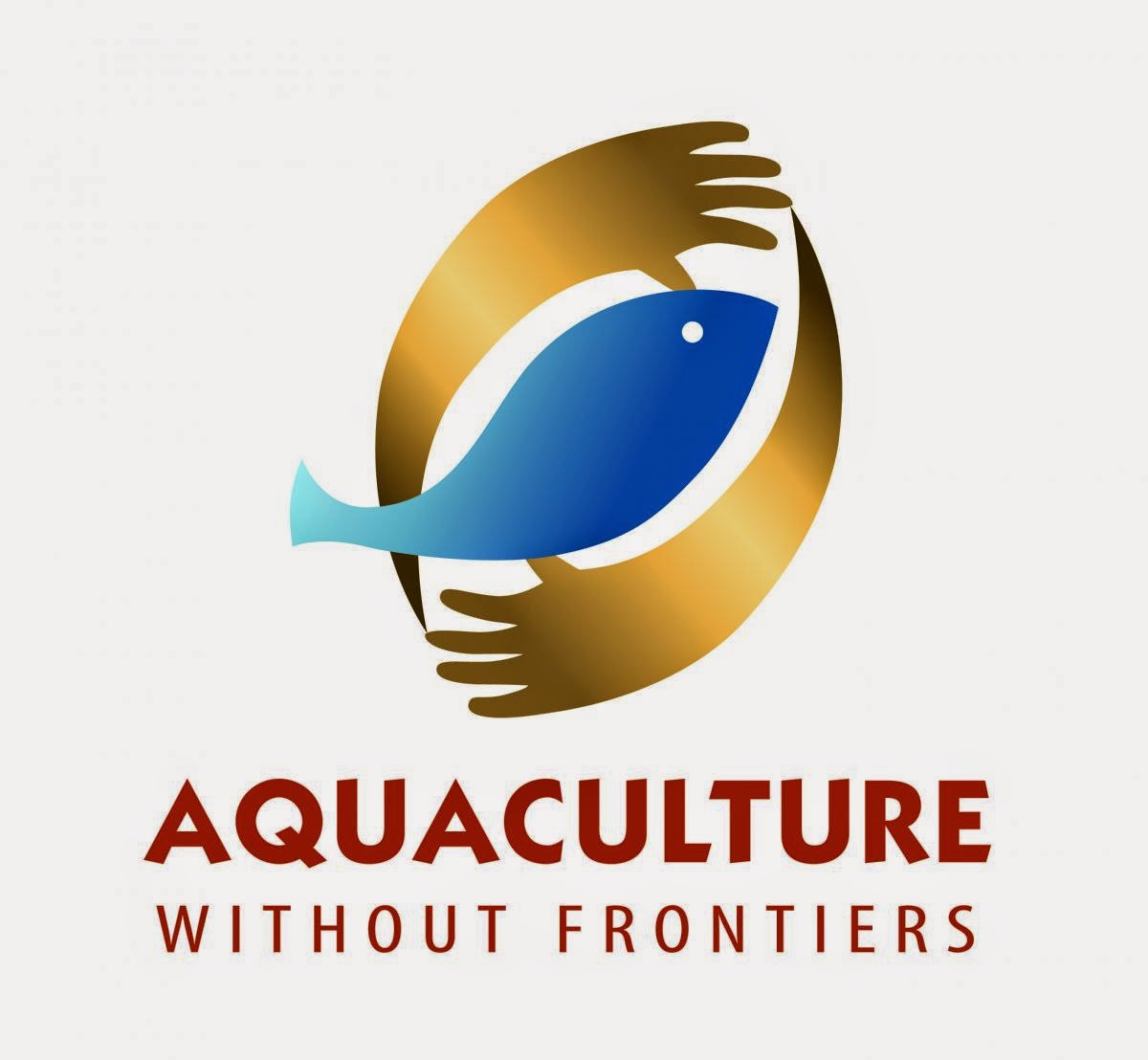On November 24th, IMV Technologies, leader in reproductive biotechnologies, acquired the aquaculture genetics company Genotop.
In response to rapid technical progress in the aquaculture sector, these companies have decided to offer a whole new approach combining genetics services with reproductive management products.
IMV Technologies represents half a century of history in assisted reproduction. This French company designs, manufactures and distributes technical and material solutions to help breeders improve their stock. In aquaculture, IMV is well-known for innovations in the preservation, activation and cryopreservation of aquatic species semen. IMV products have now become a standard for aquaculture cryobanking including for French national breeding programs.
Founded in France in 2013, Genotop helps hatcheries implement their breeding programs (growth, yields, resistance to disease etc). From the design to the indexation of breeding values, the company provides audits, training and consultancy in 45 countries and for 15 species.
Gilles de Robert de Lafregeyre, CEO of IMV Technologies said, “We saw that access to genetics was more of a challenge in aquaculture than with terrestrial species. However, the potential for genetic improvement in aquatic species is high. We want to unlock this potential and transfer our knowledge in reproduction together with an integrated support in genetic management.”
Richard Le Boucher, founder of Genotop and now Aquaculture Manager at IMV, agreed: “The challenges of genetics are a major issue for aquaculture hatcheries. However a good reproductive management system is often an underestimated lever. IMV’s experience combined with Genotop’s vision and approach will undoubtedly boost the productivity of the sector."
Read more HERE. The Aquaculturists
This blog is maintained by The Aquaculturists staff and is supported by the
magazine International Aquafeed which is published by Perendale Publishers Ltd
For additional daily news from aquaculture around the world: aquaculture-news






















